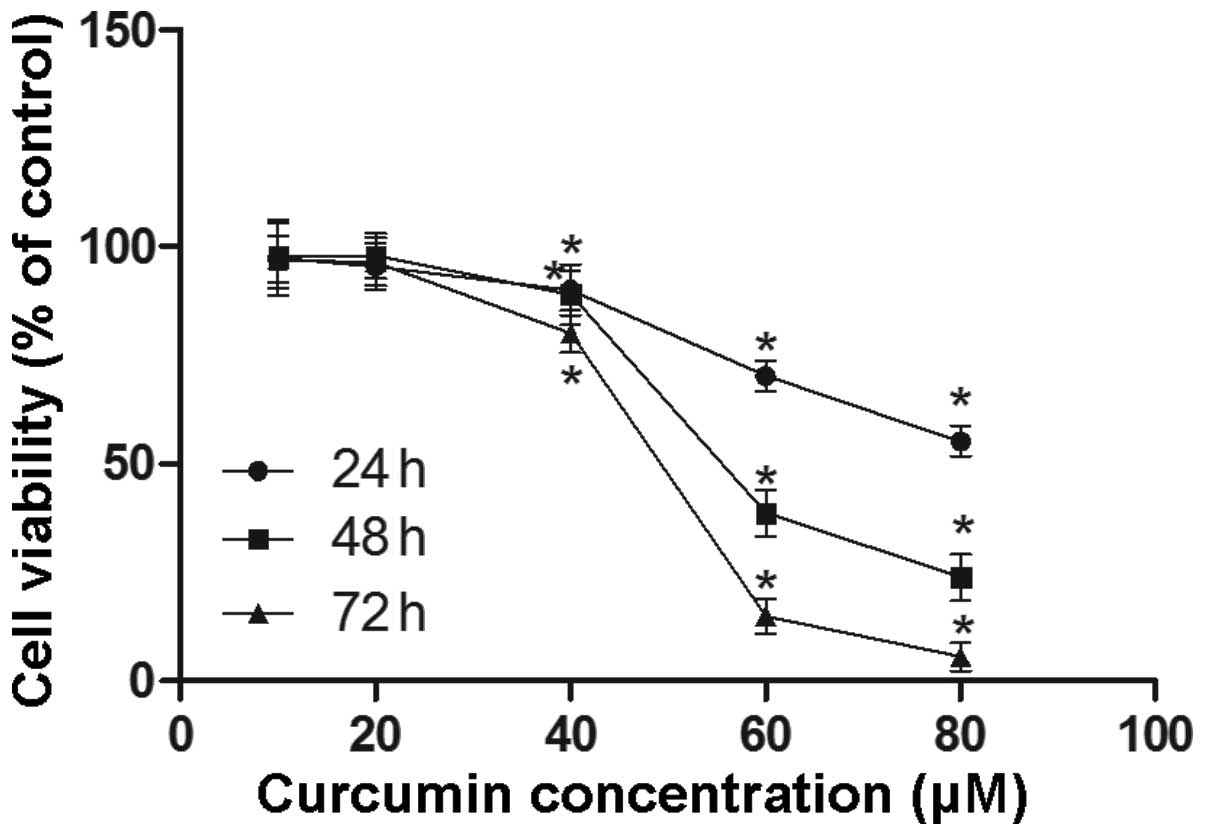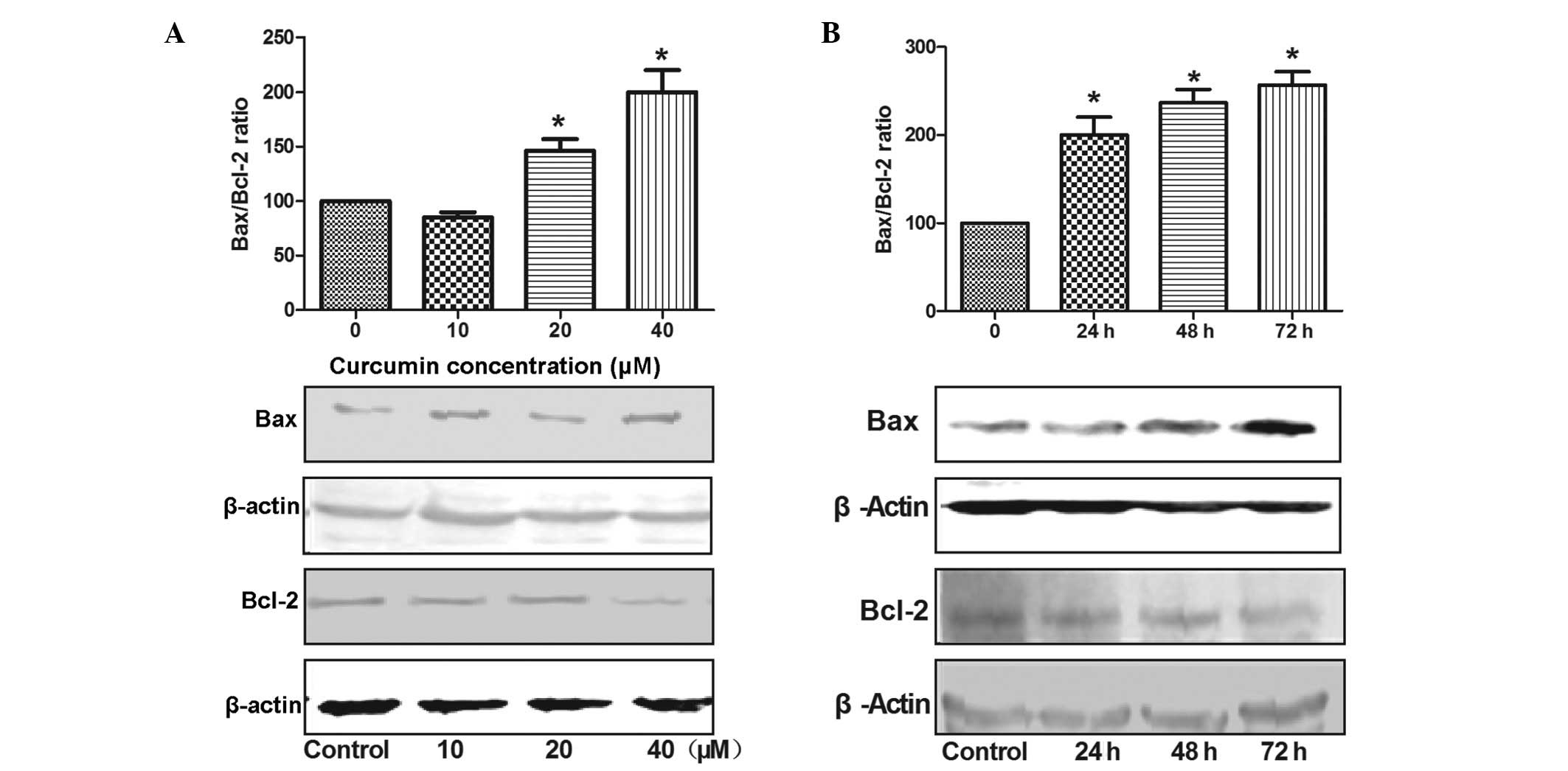|
1
|
Kopelman PG: Obesity as a medical problem.
Nature. 404:635–643. 2000.PubMed/NCBI
|
|
2
|
Kim SH, Park HS, Lee MH, et al: Vitisin A
inhibits adipocyte differentiation through cell cycle arrest in
3T3-L1 cells. Biochem Biophys Res Commun. 372:108–113. 2008.
View Article : Google Scholar : PubMed/NCBI
|
|
3
|
Sorisky A, Magun R and Gagnon AM: Adipose
cell apoptosis: death in the energy depot. Int J Obes Relat Metab
Disord. 24(Suppl 4): S3–S7. 2000. View Article : Google Scholar : PubMed/NCBI
|
|
4
|
Kim HK, Della-Fera MA, Hausman DB and
Baile CA: Effect of clenbuterol on apoptosis, adipogenesis, and
lipolysis in adipocytes. J Physiol Biochem. 66:197–203. 2010.
View Article : Google Scholar : PubMed/NCBI
|
|
5
|
Li H, Lee JH, Kim SY, et al:
Phosphatidylcholine induces apoptosis of 3T3-L1 adipocytes. J
Biomed Sci. 18:912011. View Article : Google Scholar : PubMed/NCBI
|
|
6
|
Zhang Y and Huang C: Targeting adipocyte
apoptosis: a novel strategy for obesity therapy. Biochem Biophys
Res Commun. 417:1–4. 2012. View Article : Google Scholar
|
|
7
|
Lin J, Della-Fera MA and Baile CA: Green
tea polyphenol epigallocatechin gallate inhibits adipogenesis and
induces apoptosis in 3T3-L1 adipocytes. Obes Res. 13:982–990. 2005.
View Article : Google Scholar : PubMed/NCBI
|
|
8
|
Chandran B and Goel A: A randomized, pilot
study to assess the efficacy and safety of curcumin in patients
with active rheumatoid arthritis. Phytother Res. 26:1719–1725.
2012. View
Article : Google Scholar : PubMed/NCBI
|
|
9
|
Na LX, Zhang YL, Li Y, et al: Curcumin
improves insulin resistance in skeletal muscle of rats. Nutr Metab
Cardiovasc Dis. 21:526–533. 2011. View Article : Google Scholar
|
|
10
|
Ma C, Ma Z, Fu Q and Ma S: Curcumin
attenuates allergic airway inflammation by regulation of CD4+CD25+
regulatory T cells (Tregs)/Th17 balance in ovalbumin-sensitized
mice. Fitoterapia. 87:57–64. 2013. View Article : Google Scholar : PubMed/NCBI
|
|
11
|
Ahmed T and Gilani AH: Therapeutic
potential of turmeric in Alzheimer’s disease: curcumin or
curcuminoids? Phytother Res. 28:517–525. 2014. View Article : Google Scholar
|
|
12
|
Bradford PG: Curcumin and obesity.
Biofactors. 39:78–87. 2013. View Article : Google Scholar : PubMed/NCBI
|
|
13
|
Yang JY, Della-Fera MA and Baile CA:
Esculetin induces mitochondria-mediated apoptosis in 3T3-L1
adipocytes. Apoptosis. 11:1371–1378. 2006. View Article : Google Scholar : PubMed/NCBI
|
|
14
|
Cohen GM: Caspases: the executioners of
apoptosis. Biochem J. 326:1–16. 1997.PubMed/NCBI
|
|
15
|
Reed JC: Cytochrome c: can’t live with it
– can’t live without it. Cell. 91:559–562. 1997. View Article : Google Scholar : PubMed/NCBI
|
|
16
|
Kroemer G and Reed JC: Mitochondrial
control of cell death. Nat Med. 6:513–519. 2000. View Article : Google Scholar : PubMed/NCBI
|
|
17
|
Hsu CL and Yen GC: Effects of capsaicin on
induction of apoptosis and inhibition of adipogenesis in 3T3-L1
cells. J Agric Food Chem. 55:1730–1736. 2007. View Article : Google Scholar : PubMed/NCBI
|
|
18
|
He YH, He Y, Liao XL, et al: The
calcium-sensing receptor promotes adipocyte differentiation and
adipogenesis through PPARγ pathway. Mol Cell Biochem. 361:321–328.
2012. View Article : Google Scholar
|
|
19
|
Izem L and Morton RE: Possible role for
intracellular cholesteryl ester transfer protein in adipocyte lipid
metabolism and storage. J Biol Chem. 282:21856–21865. 2007.
View Article : Google Scholar : PubMed/NCBI
|
|
20
|
Lee KA, Chae JI and Shim JH: Natural
diterpenes from coffee, cafestol and kahweol induce apoptosis
through regulation of specificity protein 1 expression in human
malignant pleural mesothelioma. J Biomed Sci. 19:602012. View Article : Google Scholar : PubMed/NCBI
|
|
21
|
Karmakar S, Banik NL and Ray SK: Curcumin
suppressed anti-apoptotic signals and activated cysteine proteases
for apoptosis in human malignant glioblastoma U87MG cells.
Neurochem Res. 32:2103–2113. 2007. View Article : Google Scholar : PubMed/NCBI
|
|
22
|
Koide T, Kamei H, Hashimoto Y, Kojima T
and Hasegawa M: Antitumor effect of hydrolyzed anthocyanin from
grape rinds and red rice. Cancer Biother Radiopharm. 11:273–277.
1996. View Article : Google Scholar : PubMed/NCBI
|
|
23
|
Shao W, Yu Z, Chiang Y, et al: Curcumin
prevents high fat diet induced insulin resistance and obesity via
attenuating lipogenesis in liver and inflammatory pathway in
adipocytes. PLoS One. 7:e287842012. View Article : Google Scholar : PubMed/NCBI
|
|
24
|
Aggarwal BB: Targeting
inflammation-induced obesity and metabolic diseases by curcumin and
other nutraceuticals. Ann Rev Nutr. 30:173–199. 2010. View Article : Google Scholar
|
|
25
|
Yang JY, Della-Fera MA, Hartzell DL,
Nelson-Dooley C, Hausman DB and Baile CA: Esculetin induces
apoptosis and inhibits adipogenesis in 3T3-L1 cells. Obesity
(Silver Spring). 14:1691–1699. 2006. View Article : Google Scholar
|
|
26
|
Wassef H, Bernier L, Davignon J and Cohn
JS: Synthesis and secretion of apoC-I and apoE during maturation of
human SW872 liposarcoma cells. J Nutr. 134:2935–2941.
2004.PubMed/NCBI
|
|
27
|
Prins JB and O’Rahilly S: Regulation of
adipose cell number in man. Clin Sci (Lond). 92:3–11. 1997.
|
|
28
|
Ejaz A, Wu D, Kwan P and Meydani M:
Curcumin inhibits adipogenesis in 3T3-L1 adipocytes and
angiogenesis and obesity in C57/BL mice. J Nutr. 139:919–925. 2009.
View Article : Google Scholar : PubMed/NCBI
|
|
29
|
Sakahira H, Enari M and Nagata S: Cleavage
of CAD inhibitor in CAD activation and DNA degradation during
apoptosis. Nature. 391:96–99. 1998. View
Article : Google Scholar : PubMed/NCBI
|
|
30
|
Sodhi RK, Singh N and Jaggi AS:
Poly(ADP-ribose) polymerase-1 (PARP-1) and its therapeutic
implications. Vascul Pharmacol. 53:77–87. 2010. View Article : Google Scholar : PubMed/NCBI
|
|
31
|
Yang J, Liu X, Bhalla K, et al: Prevention
of apoptosis by Bcl-2: release of cytochrome c from mitochondria
blocked. Science. 275:1129–1132. 1997. View Article : Google Scholar : PubMed/NCBI
|
|
32
|
Skemiene K, Rakauskaite G, Trumbeckaite S,
Liobikas J, Brown GC and Borutaite V: Anthocyanins block
ischemia-induced apoptosis in the perfused heart and support
mitochondrial respiration potentially by reducing cytosolic
cytochrome c. Int J Biochem Cell Biol. 45:23–29. 2013. View Article : Google Scholar
|
|
33
|
Ola MS, Nawaz M and Ahsan H: Role of Bcl-2
family proteins and caspases in the regulation of apoptosis. Mol
Cell Biochem. 351:41–58. 2011. View Article : Google Scholar : PubMed/NCBI
|
|
34
|
Narita M, Shimizu S, Ito T, et al: Bax
interacts with the permeability transition pore to induce
permeability transition and cytochrome c release in isolated
mitochondria. Proc Natl Acad Sci USA. 95:14681–14686. 1998.
View Article : Google Scholar : PubMed/NCBI
|
|
35
|
Chresta CM, Masters JR and Hickman JA:
Hypersensitivity of human testicular tumors to etoposide-induced
apoptosis is associated with functional p53 and a high Bax:Bcl-2
ratio. Cancer Res. 56:1834–1841. 1996.PubMed/NCBI
|














